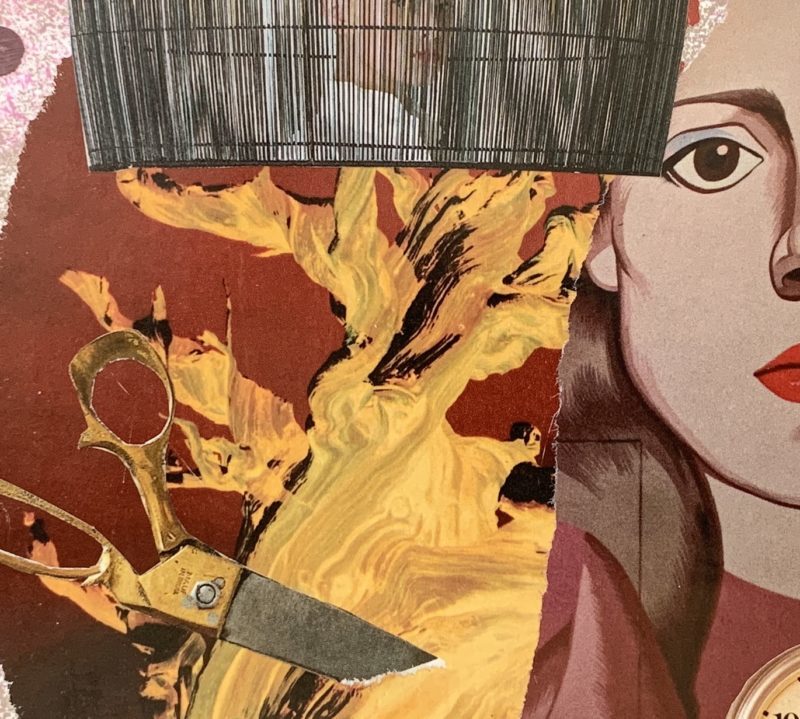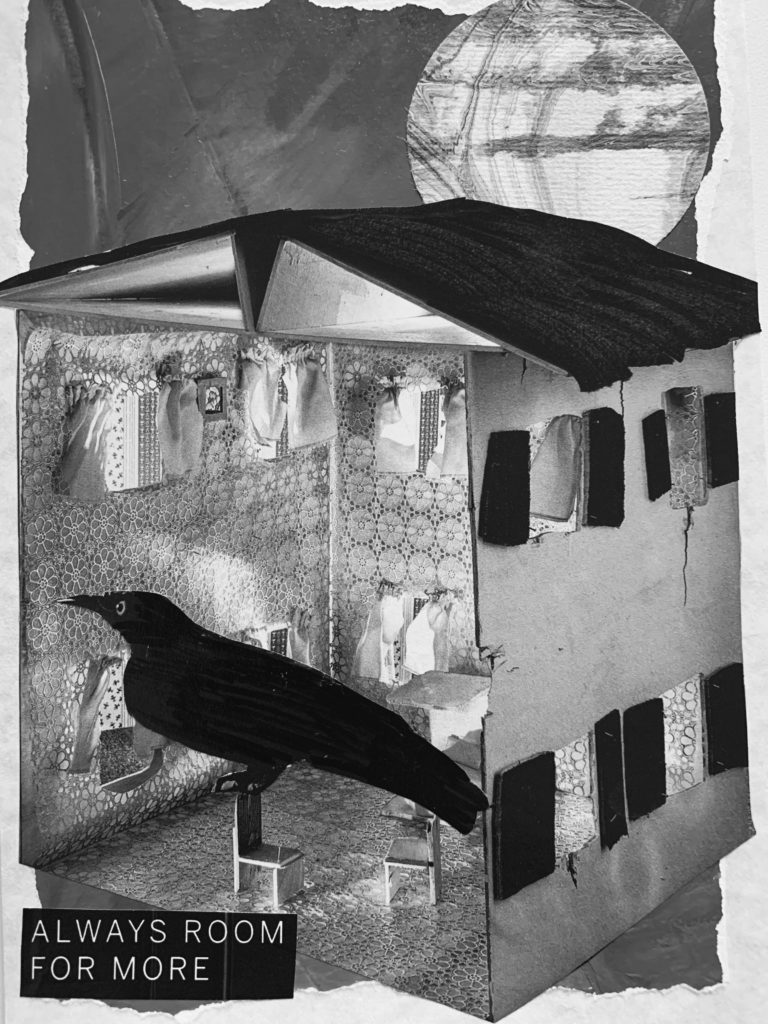
Scotland’s Witches
King James VI of Scotland and subsequent rulers vilified people believed to be witches with great fervor during the 16th and 18th centuries. They tortured and executed over 2500 during two centuries of Satanic panic. The witches have recently received a formal apology. This apology, delivered by first minister Nicola Sturgeon in early March, was a very long time coming. It’s been hundreds of years since the witches of Scotland, most of them women, suffered their terrible fates.
“I am choosing to acknowledge that egregious historic injustice and extend a formal, posthumous apology to all of those accused, convicted, vilified, or executed under the Witchcraft Act of 1563,” Ms. Sturgeon said. The apology was the result of an activist campaign. The campaign asked for three things. A pardon. An apology. And a national memorial. Discussions regarding the memorial are in progress.
Scotland’s birthmothers
Between 1950 and 1980 over 60,000 Scottish women gave up their children for adoption. A group of activist birthmothers began asking for a formal apology for these forced adoptions around a decade ago. In 2015 Scotland decided against issuing that apology. But the struggle continued. By the end of 2021 the Scottish parliament was reconsidering. Australia had apologized to its birthmothers. And Ireland apologized. And England’s families minister, Vicky Ford, apologized. Way back in 2013 the Catholic Church in England and Wales apologized. At long last, the government of Scotland is now seriously considering an apology. But as of yet, Nicola Sturgeon has not made a formal speech.
It is easier to apologize to the dead. There are no surviving witches from Scotland’s execution heyday. Officials do not have to look into their eyes. The dead witches will not sit at the table to discuss the details of the memorial. They cannot shake anyone’s hand or say thank you. Or stand there weeping inconsolably while a politician awkwardly ponders what to do. Modern day witches will, no doubt, participate in discussions about the memorial. But their ancestor’s fates are long-ago history.
Movement for adoption apology
Thousands of Scottish birthmothers are still alive. The Movement for Adoption Apology is asking for mental health support for these birthmothers. They want changes in the management of adoption records, which currently are closed for 100 years. And they want an adoption reunion registry. And a memorial. They also want a formal apology.
Will they get it? I don’t know. But it seems Scotland finds birthmothers more frightening than witches.






